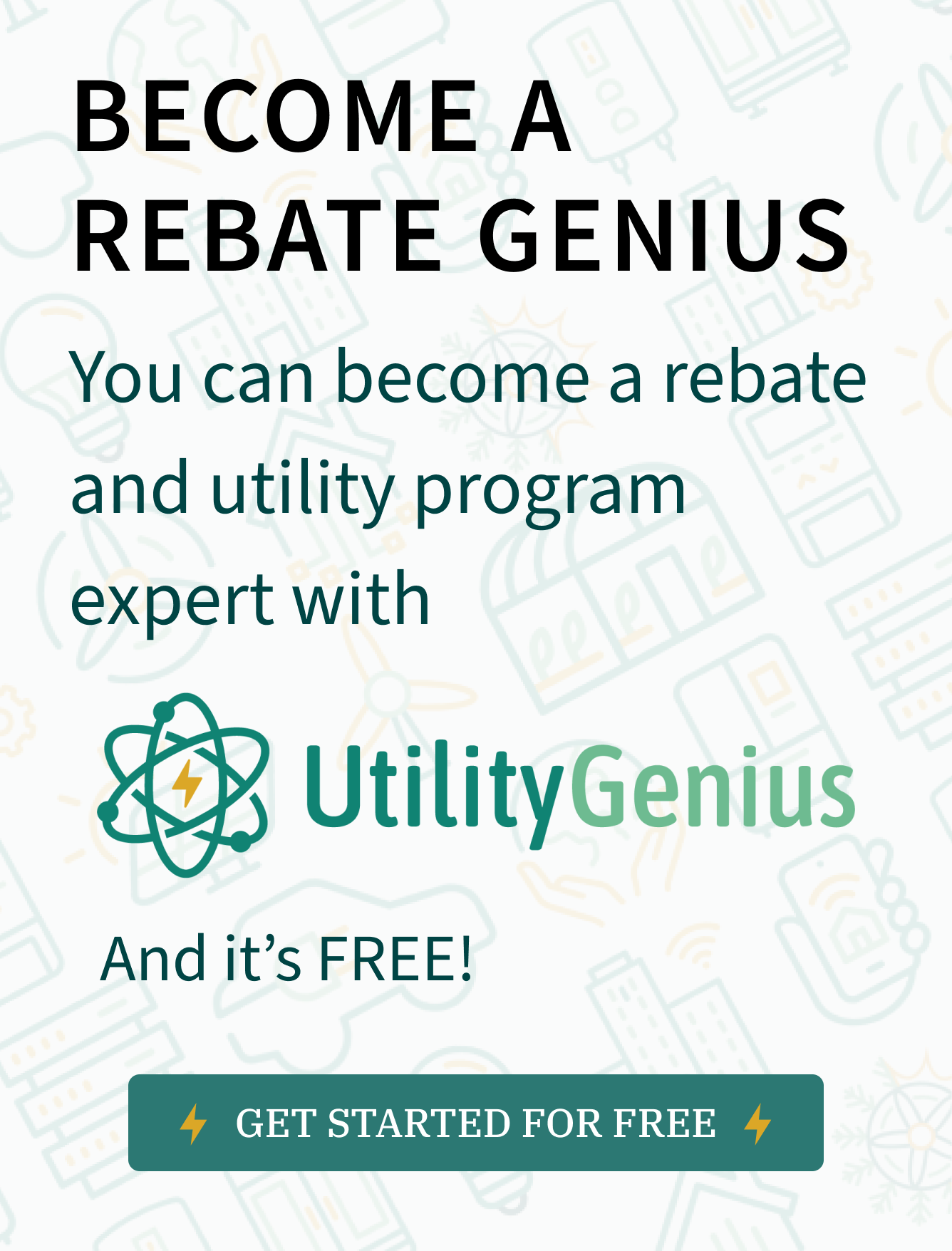Updated February 24, 2021
Proposals can be tricky. While in the end it may result in a sale, the task of putting one together can be quite cumbersome and time consuming. We’re going to provide you with an overview of how to start the process and some important points to include in an energy efficiency proposal so that you can get your customers to say ‘yes’ faster.
Any proposal should easily and clearly communicate the purpose and make it easy for recipients to see at a glance the goals and the results if they choose to agree with the terms. You will also need to provide sufficient detail to explain the plan and objectives. Be sure you know your audience. This allows you to understand their objectives and create a proposal that solves their problems with a solution that will help them reach their goals.
The proposal structure is very important. It takes the reader on a journey that starts with why they need the proposal and ends with showing them how it can help them become more energy-efficient. If we break it down into sections from the start it will be easier to get everything finished.
You can download and print a checklist at the end of this article.
Let’s get started.
Cover Page
This page should include:
Your logo
Project name
Your company name and contact information
Client’s company name and contact information
Date the proposal was issued
Valid through date (if applicable)
Executive Summary
The complete story in simple terms. Make it easy for readers to absorb why your solution is the right one for them. This isn’t a summary of the entire proposal, it focuses on the benefits of your solution. Keep it short and to the point. Feel free to illustrate cost savings and/or energy savings in this section too.
Solution/Project Scope
This should be the bulk of your proposal. Use charts, graphs, schematics, or other visuals to clarify, illustrate, and/or support the material in this section. Here’s a list of points you may want to cover in this part of the proposal. Remember, if you are including a lot of technical data add a note and explain it in layman's terms.
Building information
Project scope
Current condition energy analysis
Project energy analysis and comparison
Solution
Cost-savings initiatives
Equipment/Fixtures
Budgetary data
Detailed savings summary:
Energy savings for existing annual energy usage and proposed annual energy usage
Annual energy savings (you can show this in a bar graph for an easy-to-understand overall view)
Utility rebate estimate including the amount, how much upfront cost it will save, and the reduced payback period (check out UtilityGenius for rebates and tools!)
Payback period in years (with and without the utility rebate factored in - UtilityGenius: Projects can help you to generate this and energy savings information.)
Solution: Introduce the solution with the general project scope (for example: replacing high bays in a warehouse or updating lighting in a school or hospital) and separate all your recommendations so it's easy for your client to read. Including their budget limit here also tells them you are listening to their needs.
Cost Summary: development costs which include construction, equipment, and permits; ongoing monthly and/or yearly costs; any miscellaneous costs; utility rebates
The environmental impacts of greenhouse gas emissions and carbon dioxide emissions saved from: passenger vehicles driven for one year, gallons of gasoline consumed, acres of U.S. rainforest in one year, tons of waste recycled instead of landfilled, pounds of coal burned, homes’ energy use for one year
About Us/Team
You can add some information here about your company or team. Include photos to make it more relatable and human. Your potential clients want to feel that you’re reliable and someone they can trust.
Case Study/Testimonials
Your reputation speaks volumes. If you have some quotes from past clients that speaks to how you helped them or a great energy efficiency project that you completed where the client received utility rebates, energy savings, and a very quick break-even point - these would be very helpful to convince the client you’re the right choice!
Final Page + Signature
You can include terms and conditions or some legal language if needed. Make sure there is a place for the client to sign and agree to the proposal.
Another tip while writing the proposal is to think of some objections that the client might bring up. Think about how you would deal with it and try to answer these questions in the proposal. Here’s a short list of some things they might ask:
We do not have the budget to fund this project
Installing this equipment seems like it would be disruptive
We aren’t sure how long we’ll will be located at this building/equipment
As with all great proposals, good planning lays the foundation for a successful proposal that clearly states the benefits and gets them to sign faster. Follow these steps to simplify and shorten the time you spend on energy efficiency proposals!
Download the checklist →
.png?width=500&name=2019%20e%20news%20spotlight%20logo%20(1).png)




